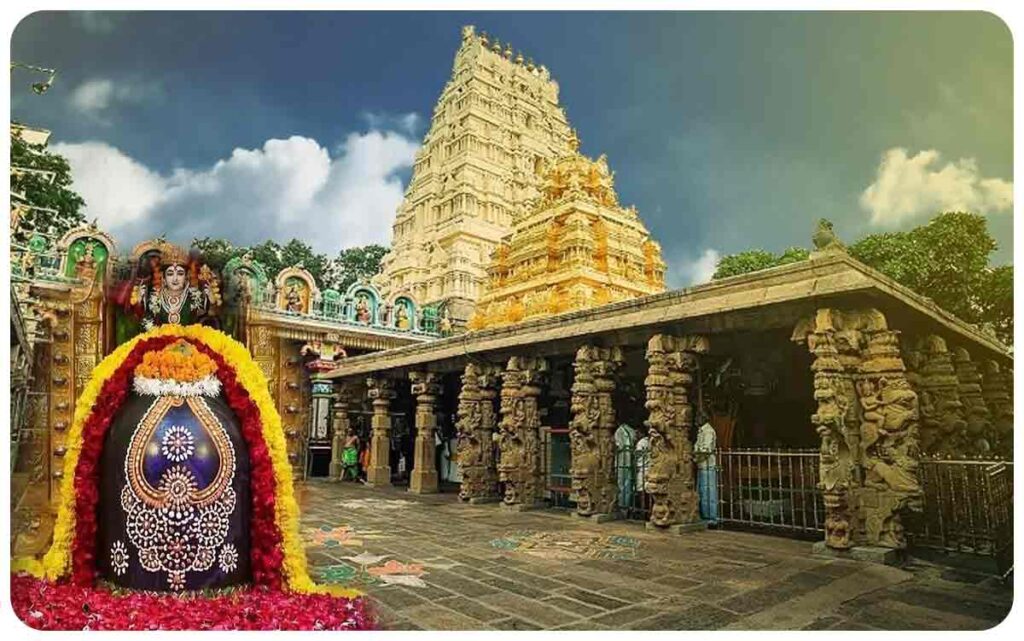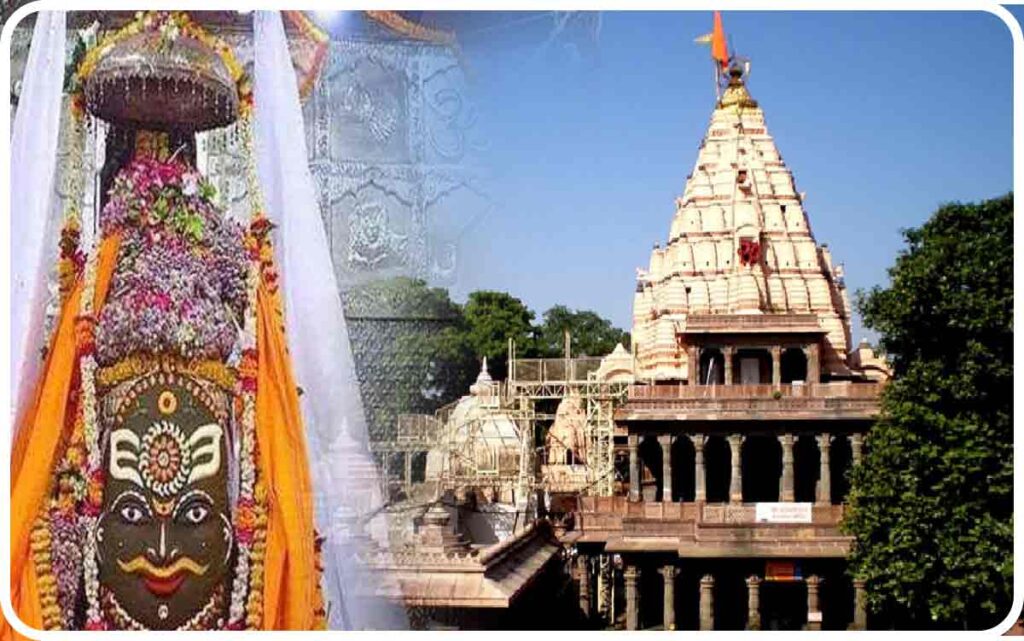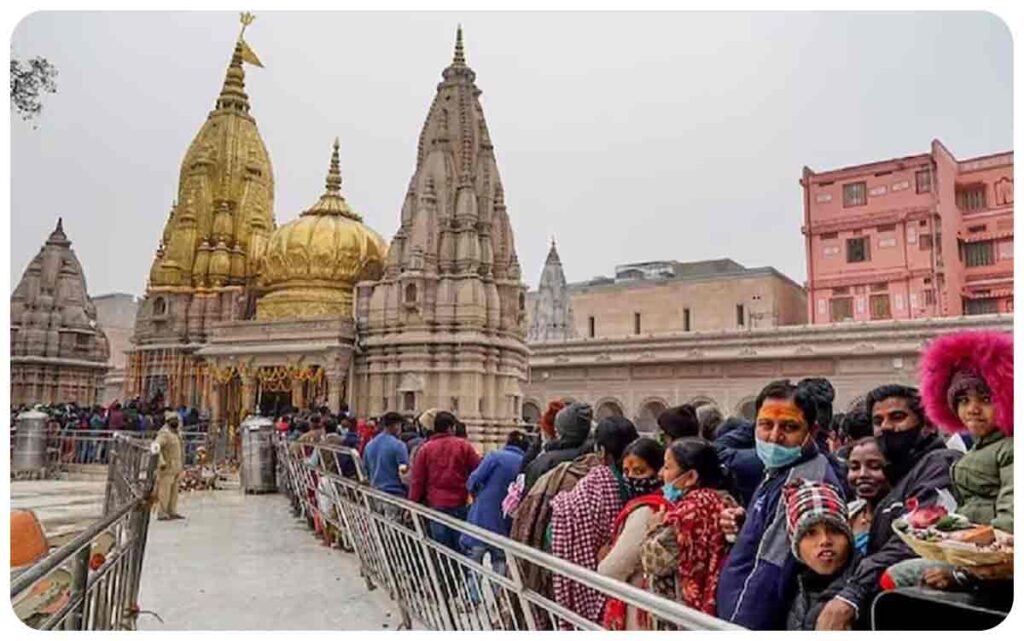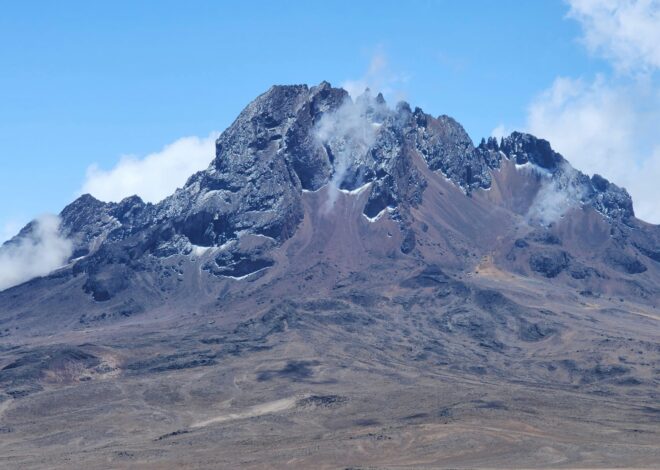
Exploring the 12 Jyotirlingas of India: A Sacred Journey Through Divine Abodes
India, a land rich in spiritual heritage, is home to numerous temples and pilgrimage sites that attract devotees from all over the world. Among these, the 12 Jyotirlingas hold a special place in Hinduism. The Jyotirlingas are sacred shrines dedicated to Lord Shiva, one of the principal deities in Hinduism. According to ancient scriptures, these 12 Jyotirlingas are the most revered and powerful representations of Lord Shiva, and visiting them is believed to provide immense spiritual benefits. In this blog, we will embark on a sacred journey to explore these 12 Jyotirlingas, delving into their significance, legends, and the unique experiences they offer to pilgrims and travellers alike.
1. Somnath Jyotirlinga, Gujarat
Location: Prabhas Patan, near Veraval in Saurashtra, Gujarat.

The Somnath Jyotirlinga is one of the most revered shrines in India and is believed to be the first of the 12 Jyotirlingas. It is located on the western coast of Gujarat, overlooking the Arabian Sea. The temple is steeped in history and has been destroyed and rebuilt several times due to invasions.
Significance: Somnath means “The Protector of the Moon God.” According to legend, the Moon God, Chandra, was cursed by his father-in-law, Daksha, to lose his luster. Chandra worshipped Lord Shiva at this site, and the Lord restored his brightness. Thus, the temple symbolizes the eternal light of Shiva.
Tourist Attractions: The temple’s architecture is a magnificent blend of Chalukya, Solanki, and Mughal styles. The sound and light show in the evening is a must-watch, which narrates the history of the temple. The nearby Somnath beach is also a serene spot to visit.
2. Mallikarjuna Jyotirlinga, Andhra Pradesh
Location: Srisailam, Andhra Pradesh.

Mallikarjuna Jyotirlinga is located on the picturesque Nallamala Hills in Andhra Pradesh. It is also one of the 18 Maha Shakti Peethas, where Goddess Parvati is worshipped along with Lord Shiva. This combination makes it a powerful spiritual destination.
Significance: The legend of this Jyotirlinga is associated with Lord Shiva and Goddess Parvati, who took the form of Mallikarjuna and Brahmaramba, respectively. It is believed that visiting this shrine blesses devotees with the boons of liberation and fulfillment of desires.
Tourist Attractions: The temple is surrounded by the scenic beauty of the Nallamala Hills and the Krishna River. The Akka Mahadevi Caves, the Pathala Ganga, and the Srisailam Dam are nearby attractions that add to the spiritual and natural beauty of the region.
3. Mahakaleshwar Jyotirlinga, Madhya Pradesh
Location: Ujjain, Madhya Pradesh.

The Mahakaleshwar Jyotirlinga is situated in the ancient city of Ujjain, which is also one of the seven sacred cities (Sapta Puri) in Hinduism. The temple is located on the banks of the holy river Shipra.
Significance: Mahakaleshwar is believed to be the ruler of time and death, and the Jyotirlinga here is said to be Swayambhu (self-manifested). The temple’s unique feature is the Bhasma Aarti, where the deity is worshipped with sacred ash every morning.
Tourist Attractions: Apart from the Mahakaleshwar temple, Ujjain is home to several other temples such as the Harsiddhi Temple, Kal Bhairav Temple, and the Ram Ghat. The city is also famous for hosting the Kumbh Mela, one of the largest religious gatherings in the world.
4. Omkareshwar Jyotirlinga, Madhya Pradesh
Location: Mandhata Island, Khandwa district, Madhya Pradesh.

Omkareshwar Jyotirlinga is located on the Mandhata Island, which is shaped like the sacred symbol ‘Om,’ making it a unique spiritual destination. The temple is situated at the confluence of the Narmada and Kaveri rivers.
Significance: According to legend, King Mandhata performed intense penance here to please Lord Shiva, and the Lord manifested as Omkareshwar. The temple is also closely associated with the story of the Vindhya mountain, which worshipped Lord Shiva to atone for its sins.
Tourist Attractions: The serene surroundings of the Narmada River, the architectural beauty of the temple, and the presence of another Jyotirlinga, Mamleshwar, on the opposite bank make Omkareshwar a significant pilgrimage site. The nearby Siddhanath Temple is also worth a visit for its intricate carvings.
5. Kedarnath Jyotirlinga, Uttarakhand
Location: Kedarnath, Rudraprayag district, Uttarakhand.

Kedarnath Jyotirlinga is one of the most remote and revered of the 12 Jyotirlingas, situated in the Himalayan range at an altitude of 3,583 meters. It is part of the Chota Char Dham pilgrimage in Uttarakhand.
Significance: The temple is associated with the Pandavas from the Mahabharata, who sought Lord Shiva’s blessings to absolve their sins. Shiva, in the form of a bull, eluded them but later relented and appeared as the Jyotirlinga in Kedarnath.
Tourist Attractions: The trek to Kedarnath is a spiritually enriching experience, surrounded by majestic mountains and the Mandakini River. Nearby attractions include the Bhairavnath Temple and the picturesque Vasuki Tal Lake.
6.Bhimashankar Jyotirlinga, Maharashtra
Location: Pune district, Maharashtra.

Bhimashankar Jyotirlinga is nestled in the Sahyadri Hills of Maharashtra, surrounded by dense forests and scenic beauty. The temple is also a part of the Bhimashankar Wildlife Sanctuary, home to the endangered Indian Giant Squirrel.
Significance: According to mythology, Lord Shiva took the form of Bhimashankar to destroy the demon Tripurasura. The sweat from Shiva’s body is said to have formed the Bhima River, which flows near the temple.
Tourist Attractions: The natural beauty of the Sahyadri Hills, the Bhimashankar Wildlife Sanctuary, and the temple’s Nagara-style architecture make it a must-visit for both spiritual and nature lovers. The nearby Hanuman Lake and Gupt Bhimashankar are also popular spots.
7. Kashi Vishwanath Jyotirlinga, Uttar Pradesh
Location: Varanasi, Uttar Pradesh.

Kashi Vishwanath Jyotirlinga is one of the most famous and revered temples in India, located in the ancient city of Varanasi, also known as Kashi. The temple stands on the western bank of the Ganges River.
Significance: Kashi Vishwanath represents the cosmic form of Lord Shiva as the ruler of the universe. It is believed that a visit to this temple and a dip in the Ganges can lead to liberation from the cycle of birth and death.
Tourist Attractions: Varanasi is one of the oldest continuously inhabited cities in the world, rich in history and culture. The ghats of Varanasi, the evening Ganga Aarti, and the nearby Sarnath, where Lord Buddha gave his first sermon, are major attractions.
8. Trimbakeshwar Jyotirlinga, Maharashtra
Location: Trimbak, Nashik district, Maharashtra.

Trimbakeshwar Jyotirlinga is located near the source of the Godavari River, one of the holiest rivers in India. The temple is situated at the base of the Brahmagiri Hills, surrounded by scenic landscapes.
Significance: The temple is unique as it has three faces, representing Brahma, Vishnu, and Mahesh (Shiva). The Godavari River, also known as Gautami Ganga, is believed to have originated from this place after Sage Gautama’s penance.
Tourist Attractions: Apart from the temple, the nearby Anjaneri Hills, said to be the birthplace of Lord Hanuman, and the serene Gangadwar waterfall are popular among tourists. The town of Nashik, known for the Kumbh Mela, is also close by.
9. Vaidyanath Jyotirlinga, Jharkhand
Location: Deoghar, Jharkhand.

Vaidyanath Jyotirlinga, also known as Baidyanath Dham, is located in Deoghar, Jharkhand. The temple is one of the most important pilgrimage sites in the eastern part of India and is also one of the Shakti Peethas.
Significance: The legend associated with Vaidyanath Jyotirlinga involves the demon king Ravana, who worshipped Lord Shiva to gain invincibility. It is believed that Ravana offered his ten heads to Lord Shiva, who was pleased and appeared as Vaidyanath, the healer of all ailments.
Tourist Attractions: The temple is surrounded by a cluster of 22 smaller temples, each dedicated to various gods and goddesses. The nearby Nandan Pahar amusement park and the scenic Satsang Ashram are popular with tourists.
10. Nageshwar Jyotirlinga, Gujarat
Location: Dwarka, Gujarat.

Nageshwar Jyotirlinga is located near the holy city of Dwarka, on the coast of Gujarat. The temple is unique for its towering statue of Lord Shiva, which is a major attraction for pilgrims.
Significance: The legend of Nageshwar Jyotirlinga is associated with the demon Daruka, who was defeated by Lord Shiva at this site. The temple symbolizes protection from evil and is a beacon of faith for devotees.
Tourist Attractions: Apart from the temple, the nearby Dwarkadhish Temple, dedicated to Lord Krishna, and the scenic Bet Dwarka Island are must-visit spots. The Rukmini Devi Temple is also a significant pilgrimage site in the area.
11. Rameshwar Jyotirlinga, Tamil Nadu
Location: Rameswaram, Tamil Nadu.

Rameshwar Jyotirlinga is located on the island of Rameswaram, connected to the mainland by the Pamban Bridge. The temple is one of the four Char Dham pilgrimage sites and holds great significance in Hinduism.
Significance: The temple is associated with Lord Rama, who is said to have worshipped Lord Shiva here before crossing over to Lanka to rescue Sita. The temple’s main deity is worshipped as both Jyotirlinga and Shivalinga, making it a unique shrine.
Tourist Attractions: The temple’s stunning architecture, with its long corridors and massive gopurams, is a marvel to behold. The nearby Dhanushkodi Beach, Adam’s Bridge (Ram Setu), and the pristine beaches of Rameswaram are popular tourist spots.
12. Grishneshwar Jyotirlinga, Maharashtra
Location: Ellora, Aurangabad district, Maharashtra.

Grishneshwar Jyotirlinga is the last of the 12 Jyotirlingas and is located near the famous Ellora Caves, a UNESCO World Heritage Site. The temple is an important pilgrimage site in the state of Maharashtra.
Significance: The temple is associated with the legend of a woman named Kusuma, who was a devout worshipper of Lord Shiva. Her devotion led to the manifestation of the Grishneshwar Jyotirlinga, symbolizing the importance of faith and devotion.
Tourist Attractions: The nearby Ellora Caves, with their exquisite rock-cut temples and sculptures, are a must-visit for history and art lovers. The nearby Ajanta Caves, Daulatabad Fort, and the city of Aurangabad offer rich cultural experiences.
Conclusion
The 12 Jyotirlingas of India are not just religious sites; they are spiritual destinations that offer a profound connection with the divine. Each Jyotirlinga has its unique significance, legends, and history, making them a must-visit for anyone seeking spiritual fulfillment.
Embarking on a pilgrimage to these sacred sites is a journey of devotion, faith, and self-discovery. Whether you are a devout follower of Lord Shiva or simply someone who appreciates the rich cultural and spiritual heritage of India, visiting these Jyotirlingas will leave you with a deep sense of peace and reverence.
From the snow-capped mountains of Kedarnath to the coastal beauty of Rameshwaram, the Jyotirlingas are spread across the length and breadth of India, each offering a unique glimpse into the country’s spiritual heart. As you travel from one Jyotirlinga to another, you will not only experience the diversity of India but also the unifying thread of devotion that binds its people together.
So, pack your bags, and embark on this sacred journey to explore the 12 Jyotirlingas of India. Whether you choose to visit all of them or a select few, the experience will be a deeply enriching one, leaving you with memories and blessings that will last a lifetime.



